Using Positive Reinforcement to Train Dairy Cows
by Jenny Alonge
Positive reinforcement has been used for decades to train dogs, and this training technique has been shown to be significantly more effective than punishment. Dairy cattle are handled often for veterinary care and other management procedures, which can be stressful for the animal and dangerous for the handler should the cattle respond with fear. Little research has looked at positive reinforcement training in farm animals, but a new study published in the Journal of Dairy Science indicates that the technique may be useful for lowering stress levels in dairy cattle.
Animals studied
The study took place from July to August 2021 at The University of British Columbia Dairy Education and Research Center in Agassiz, BC. The researchers used 20 Holstein dairy heifers aged from 3 to 6 months who were housed together in a single pen with lying stalls and free-choice access to a total mixed ration using a feed bunk with self-locking headlocks. The heifers’ trainer assessed them before each session, and no health issues were noted during the study.
The heifers were randomly assigned to experience positive reinforcement (PRT) or standard farm handling conditions (i.e., control) during the training sessions. Standard farm handling involved using the heifer’s flight zone and pushing them to encourage forward movement.
Training
The heifers were trained once per day, four days per week, for five minutes. The researchers conducted 28 training sessions during the study period, and training progressed in stages:
- Habituation — For the first three days, the PRT and control groups were moved into the pre-chute area and given no food.
- Stage 1 — Researchers used grain in a black rubber tub as a positive reinforcement. Five tubs were placed in different locations, starting at one meter from the chute entrance (T1). When the heifers ate from the tub quietly, the trainer praised the cattle and gave them a little more grain. Once the heifers associated the tub with positive reinforcement, the researchers placed a red plastic circle at T1, and trained the animals to touch the target with their muzzle to receive food. When the animals learned this step, the researchers moved the tub closer to the chute entrance (T2) and repeated the training process.
- Stage 2 — The above process was repeated for T3 through T5 locations. Stage 2 involved training the heifers through the locations and leaving them in the chute for one minute.
- Stage 3 — The final four days of training involved observing the heifers moving into the chute at the T5 location and leaving them there for one minute.
The heifers had three consecutive sessions at each target location before the target was moved, and most heifers required 20 training sessions to learn the process. Researchers made the control heifers’ experience as close to the PRT heifers’ as possible, but did not train them to nose touch a target or give them food. They were kept in the pre-chute area for the same amount of time as the PRT heifers, the handlers pushed them for no more than five minutes when moving them, and they remained in the chute for the same duration as the PRT heifers.
Assessment
Anticipatory behaviors occur after an animal is exposed to a conditioned stimulus but before they receive positive reinforcement. Researchers have historically used anticipatory behaviors to assess the animal’s welfare and treatment response. Play behavior also indicates a positive emotional state in animals. The researchers analyzed anticipatory and play behaviors when evaluating the heifers in the study and scored the following behaviors:
- Behaviors directed at the fence — Any behavior, such as scratching, touching, headbutting, biting, and sniffing, directed toward the fence separating the heifer from the chute
- Locomotion — Walking, running, jumping/hopping, and rolling
- Standing — All four feet on the ground, rotating in a circle, or grooming or itching while standing in place
- Lying — Lying down with the head in an upright position
- Play behavior — Time spent running and number of jumps
Results
PRT heifers exhibited more anticipatory behaviors in the start box, indicating they were looking forward to the training session and the subsequent food reward. They also displayed more play behavior, demonstrating that the experience was positive.
These findings suggest positive reinforcement can improve dairy heifers’ stress levels and well-being during handling sessions, and that automated strategies, such as computerized feeders, may be helpful to improve training efficiency.





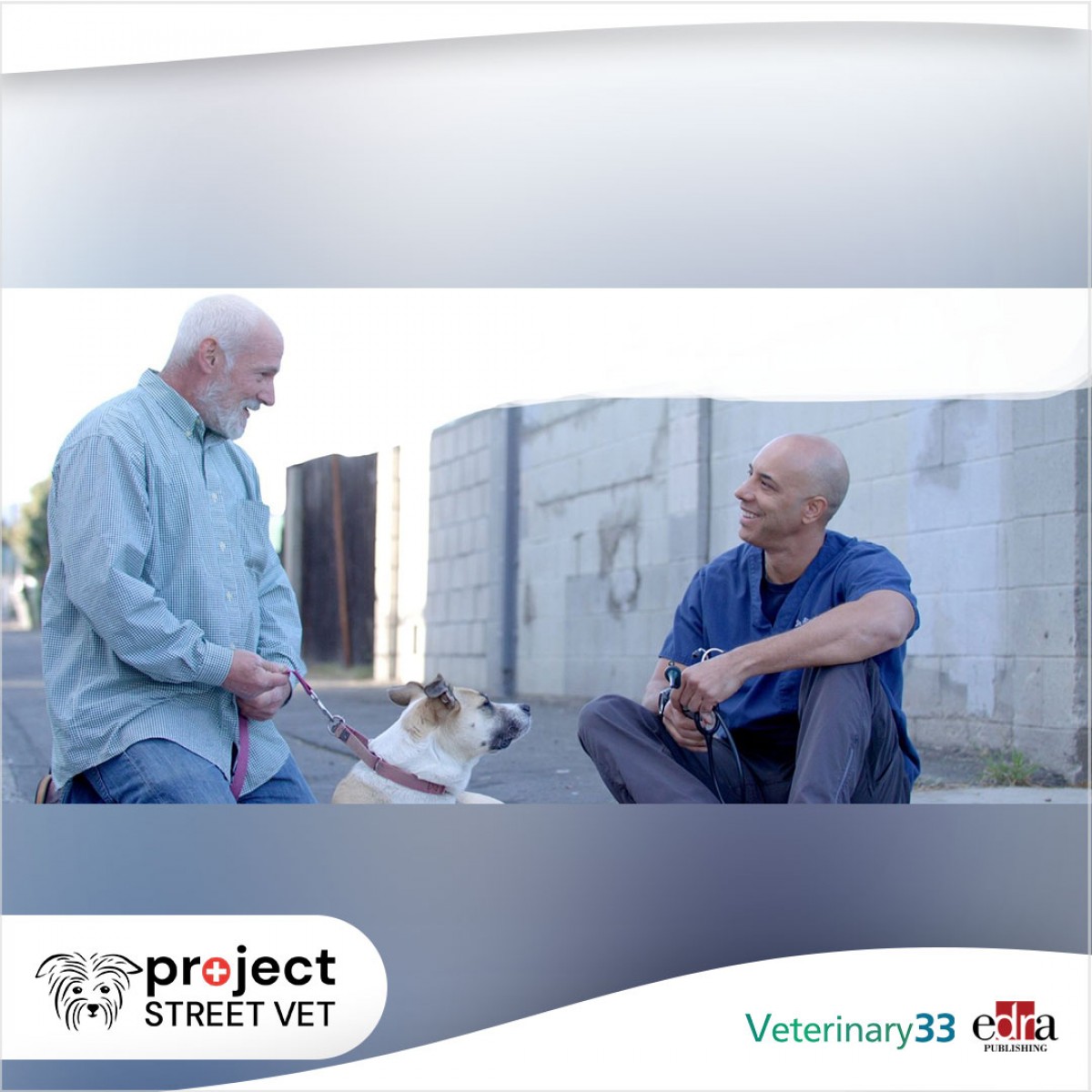
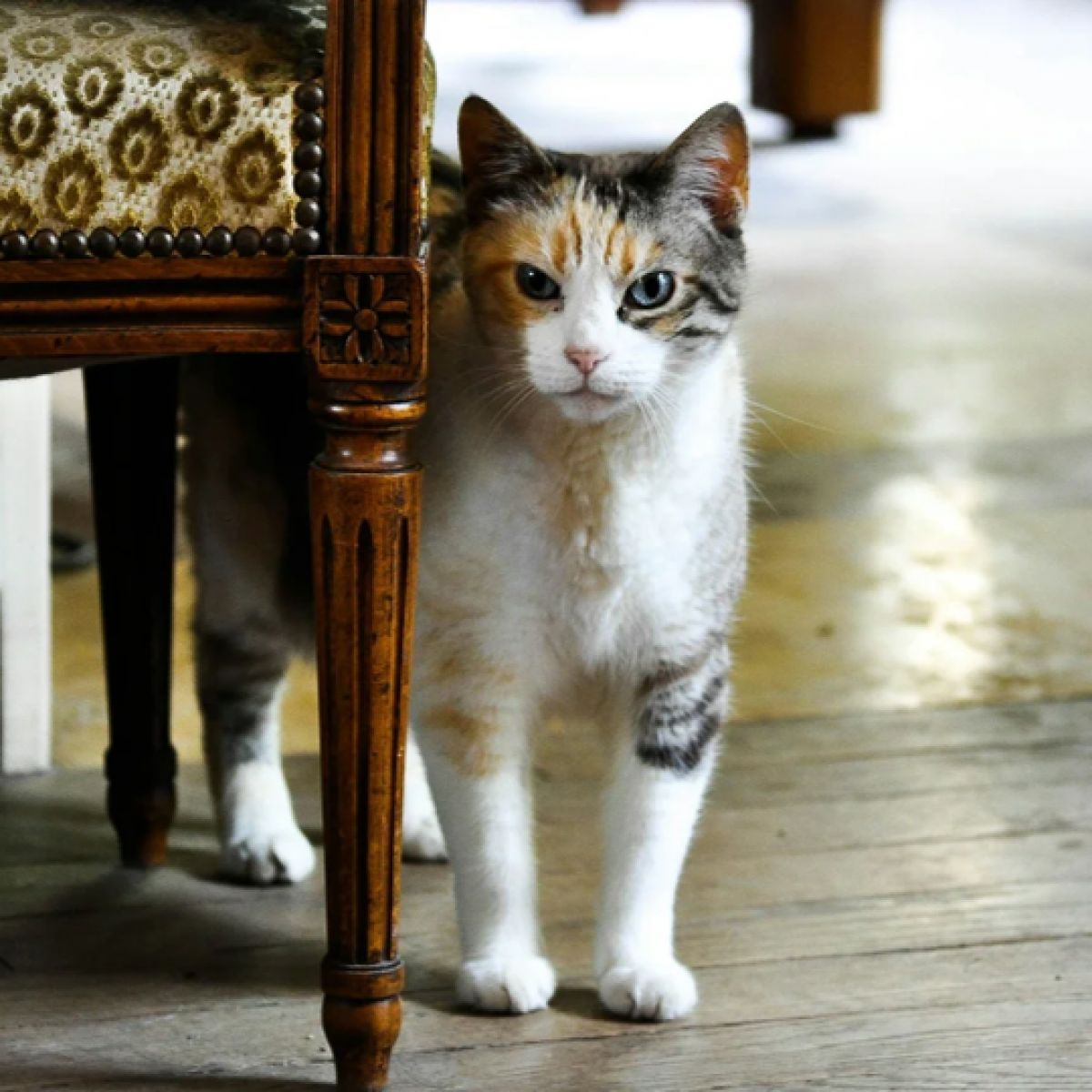

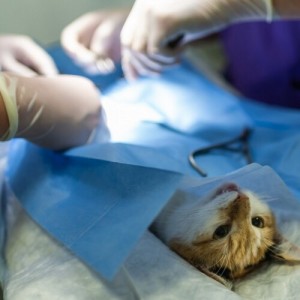
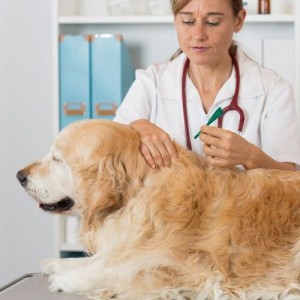

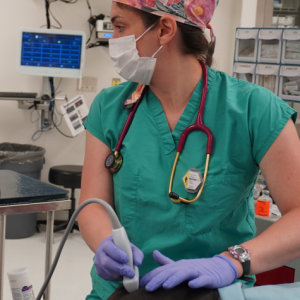

List
Add
Please enter a comment